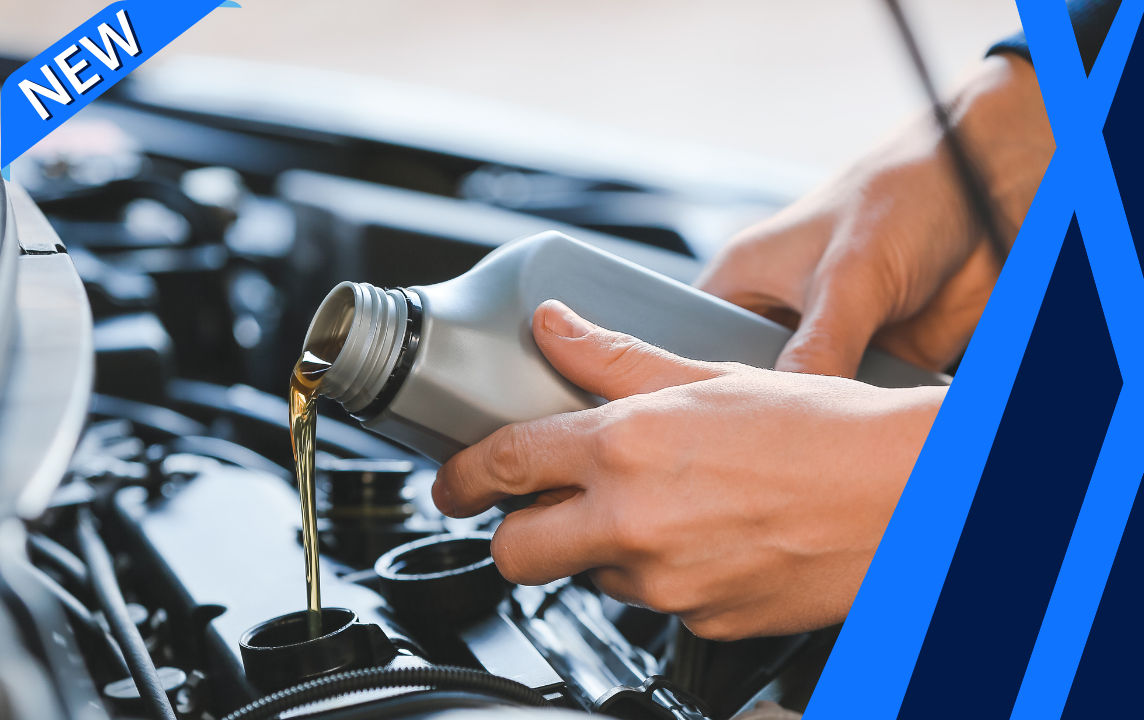Description
What is the Alternator Belt all about?
The alternator is a generator that converts mechanical energy into electrical energy. It uses the revolving motion of a magnetic field around a stationary armature creating electricity which is then stored in the car’s battery and operate electrical functions. The revolutions needed to create the electricity come from the engine’s crankshaft which is connected via a rubber belt. This alternator belt is either a v-belt or a flat ribbed belt more commonly known as a serpentine belt. The alternator belt may solely operate the alternator or it may also drive other items such as the water pump, air conditioning compressor, and the power steering pump. When the belt is loose, frayed or broken, the alternator isn’t able to generate electricity to charge the car battery causing poor operation of electrically powered accessories.
Keep in mind:
- The alternator belt is made of rubber that degrades with age.
- The alternator belt may drive more components than just the alternator. The power steering pump, water pump, and air conditioning compressor may use the same belt to operate.
How it’s done:
- The belt tensioner is loosened
- The defective belt is removed
- The new belt is installed and the tensioner is tightened onto the belt
- The engine is started and belt operation is checked
- The vehicle is road tested for proper operation
Our recommendation:
Your mechanic will check the condition of the alternator belt every time the oil is changed. If they notice the belt appears frayed, cracked, or is missing pieces, you should have the belt replaced.
What common symptoms indicate you may need to replace the Alternator Belt?
- The battery light comes on
- Interior lights and headlights flicker and dim
- Engine stalls while driving and will not turn over to restart
- The flapping sound of a frayed belt might be heard under the hood
How important is this service?
If your alternator belt breaks while you are driving, you may lose electrical power to important systems inside your vehicle or the engine may die. You could be left stranded or in a dangerous situation. Replace the alternator belt as soon as you notice unusual wear.




